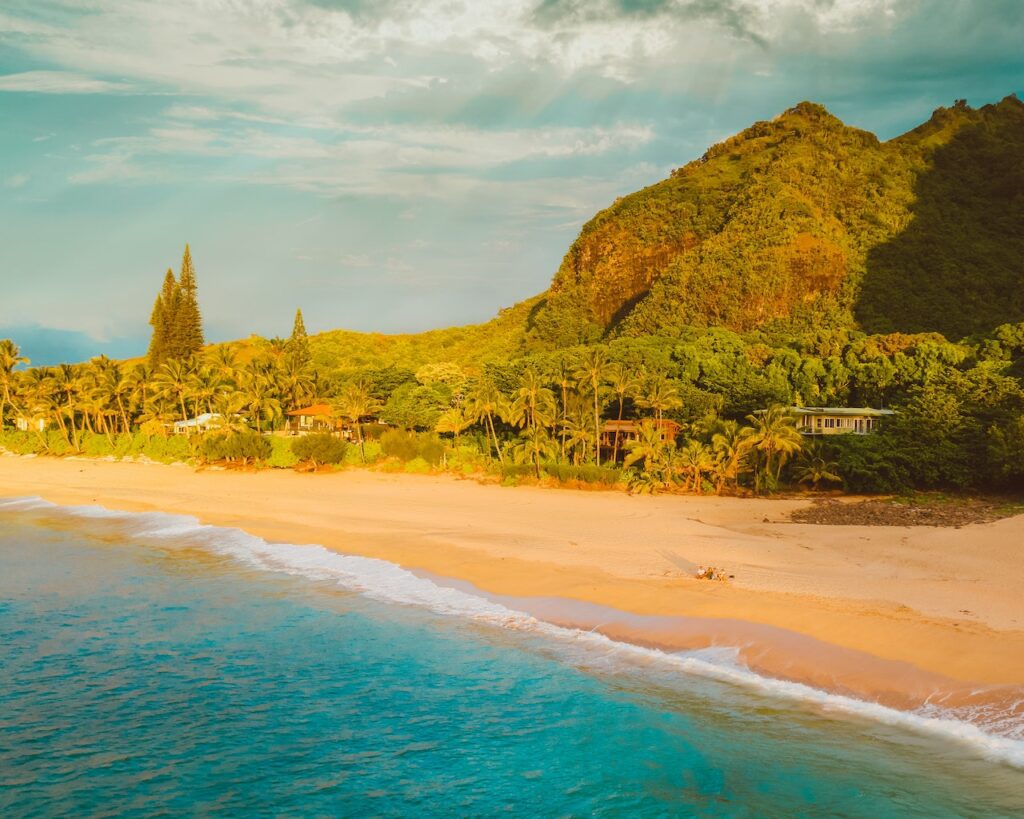Oahu, part of the Hawaiian archipelago, is renowned for its breathtaking beaches, rich cultural heritage, and natural beauty. This article delves into the geology of Oahu, shedding light on the island’s unique landscape.
In This Article

Origins of Oahu
Oahu’s geology is rooted in its volcanic origins. The island emerged from the Pacific Ocean over 3 million years ago, thanks to the eruptions of two shield volcanoes, Wai’anae and Ko’olau. These eruptions, combined with erosion and tectonic forces, have sculpted Oahu’s distinct landscape, characterized by its mountains, valleys, and coastal plains.
Volcanic Activity
The eruptions of Wai’anae and Ko’olau volcanoes played a pivotal role in Oahu’s formation. Over millions of years, these eruptions spewed vast amounts of lava, ash, and other volcanic materials, layering the island’s surface. This volcanic activity also led to the creation of intricate lava tubes and underground chambers, which now form the foundation of Oahu’s underground water systems, crucial for agriculture and freshwater supply.
Erosion and Its Effects
Erosion has significantly influenced Oahu’s geology. The island’s soft volcanic rocks have been continuously shaped by wind, water, and other natural forces, leading to the formation of its iconic mountains and valleys. This erosion has also birthed natural wonders like the North Shore beaches and the Pali Lookout, both offering mesmerizing views of the Ko’olau mountain range and the vast Pacific Ocean.
Tectonic Forces
Oahu’s location in the center of the Pacific Plate, one of Earth’s largest tectonic plates, has exposed it to various tectonic forces. As the plate moves, it induces stresses in the Earth’s crust, leading to the formation of Oahu’s mountain ranges and even the island itself. These tectonic forces have also resulted in faults and fissures, causing earthquakes and further volcanic activity. For a deeper understanding of tectonic forces, refer to this source.
Unique Geological Features
Oahu’s geology boasts several unique features. Diamond Head, a volcanic cone at Waikiki Beach’s eastern end, is a popular hiking spot, offering panoramic views of Honolulu and the Pacific Ocean. Another gem is the Makapu’u Lighthouse Trail, a favorite among hikers and nature enthusiasts, showcasing the Pacific Ocean’s beauty and the rugged coastline.
In conclusion, Oahu’s geology is a captivating blend of volcanic activity, erosion, and tectonic forces. This combination has given birth to the island’s unique landscape, from its pristine beaches to its rugged mountain ranges. Whether you’re a geology buff or just curious about Oahu’s natural history, the island promises a wealth of discoveries.
